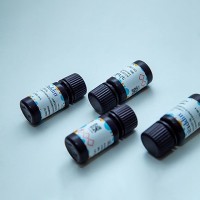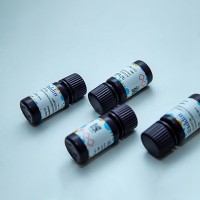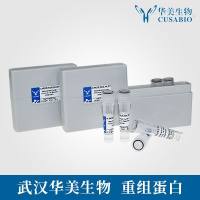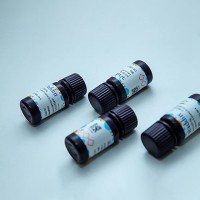Using T4 DNA Polymerase to Generate Clonable PCR Products
互联网
597
Polymerase chain reaction (PCR) mediated through Taq DNA polymerase has become a simple and routine method for cloning, sequencing, and analyzing genetic information from very small amounts of materials (1 ). Taq DNA polymerase, like some other DNA polymerases, lacks 3′ to 5′ exonuclease activity and will add nontemplate-directed nucleotides to the ends of double-stranded DNA fragments. Because of the strong preference of the Taq polymerase for dATP, the nucleotide added is almost exclusively an adenosine (2 ). This results in generating “ragged” unclonable amplification products (2 ,2 ). Restriction endonuclease sites are often incorporated into the amplification primers so that clonable PCR products can be generated by restriction enzyme cleavage (4 ). However, the possible secondary sites located within amplified products often complicate the cloning and interpretation of PCR results. A cloning system exploiting the template-independent terminal transferase activity of Taq polymerase has been reported (5 –7 ). However, a special vector with thymidine (T) overhanging ends has to be used in the process.









